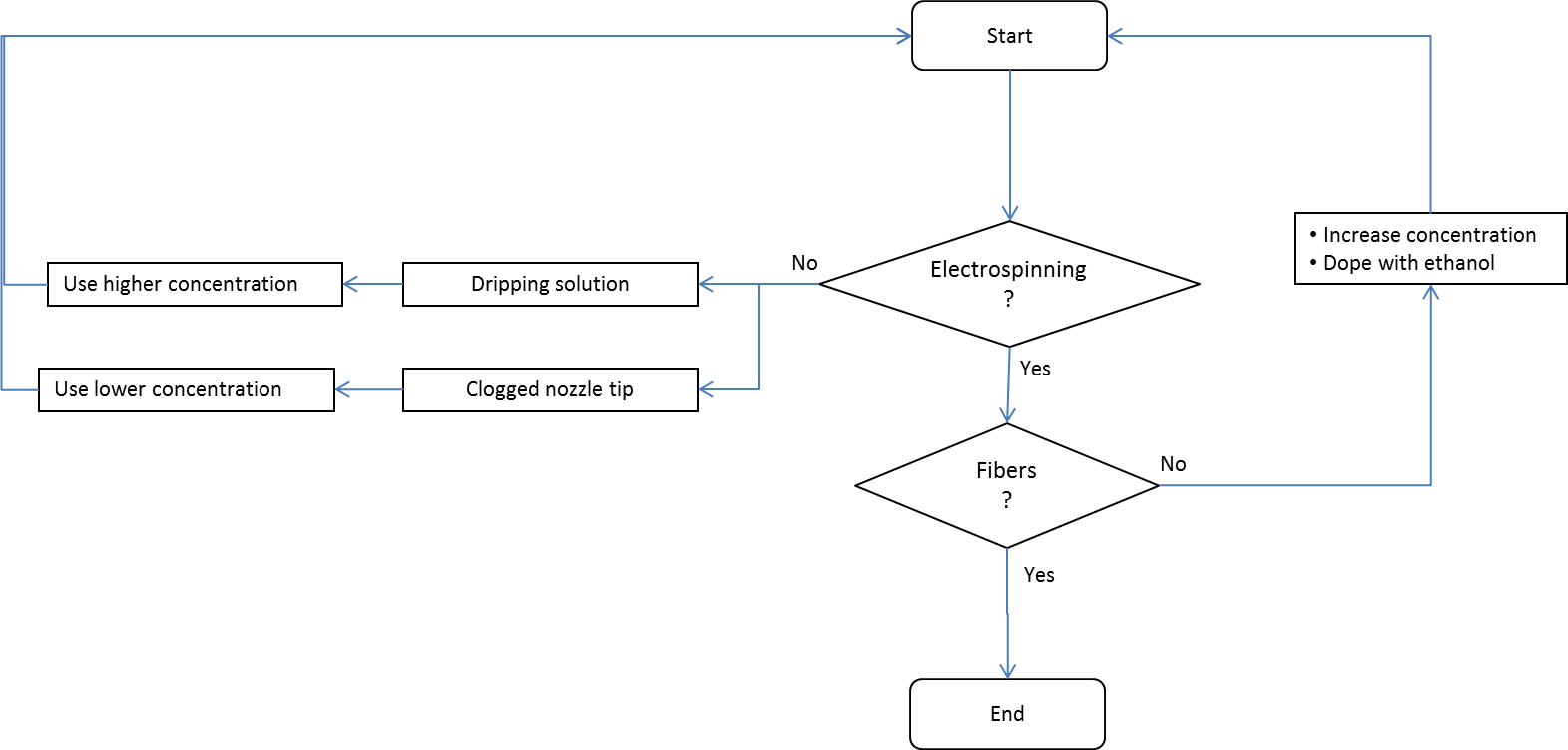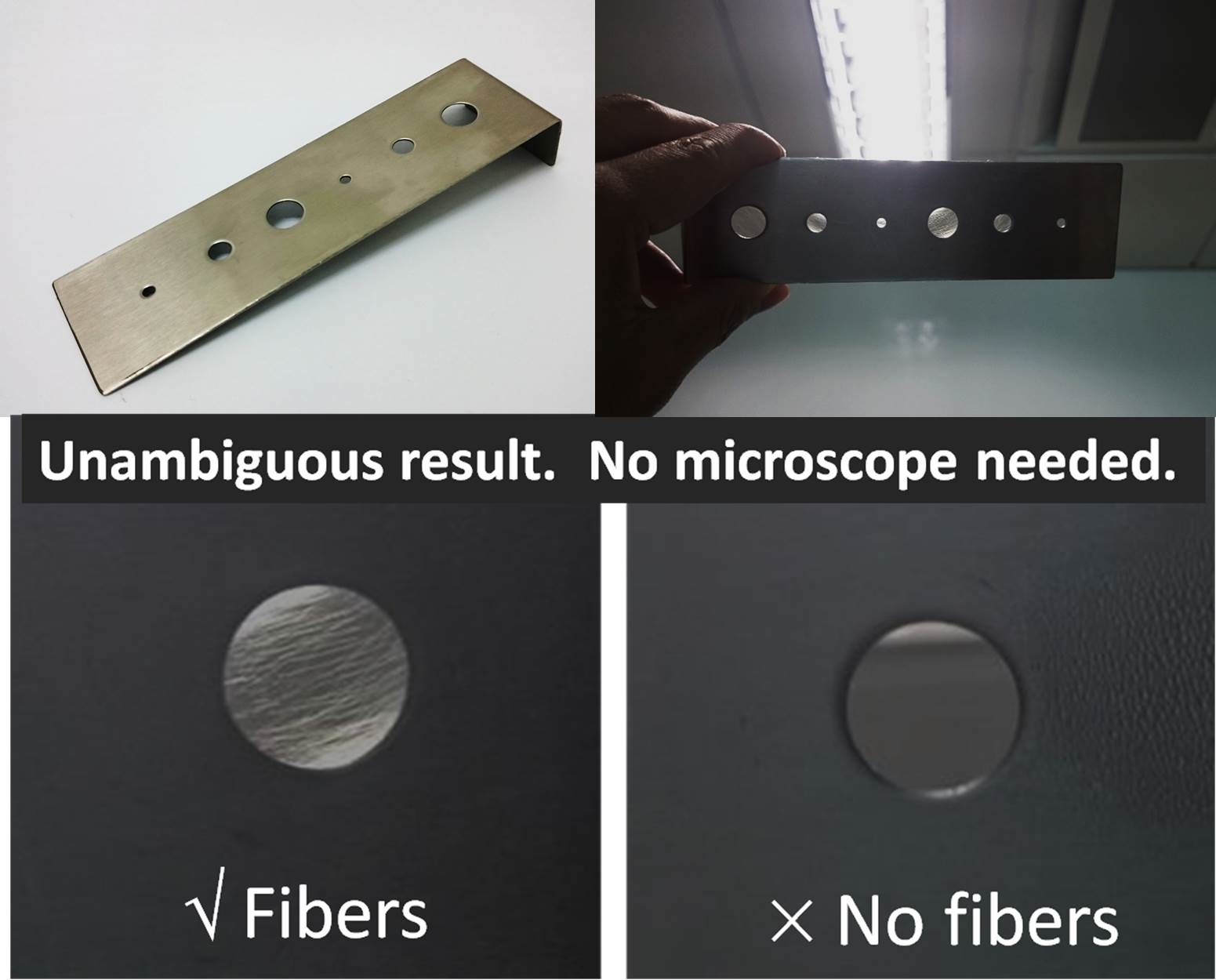Electrospinning Starter Guide
Electrospinning is a very simple method of producing fibers using high voltage. While it is possible to assemble the setup by purchasing the individual parts (See ES1001), there are now ready-made electrospinning machines with built in safety features and a wide range of accessories (See Electrospinning Device Catalogue).
This article is about getting your first electrospun fibers. It is not about getting fibers in the smallest diameter possible.
Assumption. The electrospinning setup/machine is available.
Do read Laboratory Safety Considerations before starting your experiment.
For training on electrospinning, it is advisable to use water-soluble polymer as this would eliminate exposure to otherwise toxic/flammable solvents. The following are good polymers to start with,
| Polymer | Specification |
| Polyvinyl pyrrolidone (PVP) | Mw 6 x 105 to Mw 1.3 x 106 |
| Polyethylene oxide (PEO) | Mw 4 x 105 to Mw 6 x 105 |
Prepare the following concentrations for the solutions,
| PVP in water | PEO in water |
| 8 wt% | 5 wt% |
| 10 wt% | 8 wt% |
| 15 wt% | 10 wt% |
For some polymers, getting fibers by electrospinning is generally easy with the right concentration. The parameters below is a good starting point for most polymer solution. Further optimization of the electrospinning parameters will be required to get smaller diameter fibers.
Set the distance between the nozzle tip and the collector at 10 cm.
Set the feed rate to 1 ml/h.
Set the voltage to 10 kV.
Start the electrospinning process.
Below is a flow chart for obtaining electrospun fibers,

|
For confirmation of whether fibers are formed, observe the deposits under a microscope. Alternatively, there are tools which allow you to check for fiber deposits without the need of a microscope.
 Tool for on-site checking of whether fibers are deposited. Image courtesy of Beta-Simplicity |
Last updated: -
 ElectrospinTech
ElectrospinTech